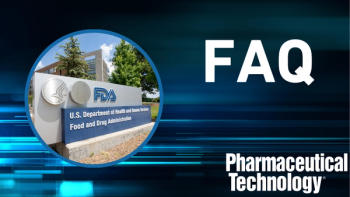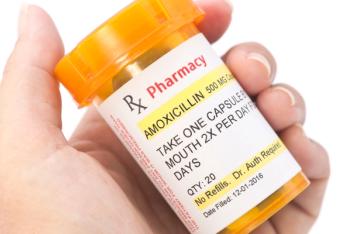
- Pharmaceutical Technology, March 2025
- Volume 49
- Issue 02
- Pages: 34
Developments in Aseptic Processing
Compliance and competitiveness are key factors in aseptic processing, says Siegfried Schmitt, PhD, vice president, Technical at Parexel.
Q: There appear to be a lot of recent changes in the requirements for aseptic processing. Are there any other key developments in this field we should expect in 2025?
A: The two issues that will most likely be top of the list are compliance and competitiveness. Regarding compliance, although Annex 1, the European Union’s guide to the manufacture of sterile products (1), has been in force for over a year, many companies are still somewhat unsure as to how to comply with certain aspects of this document. In particular, establishing the contamination control strategy (CCS) proves to be more complex and resource intensive than many expected (2,3). Creating this document requires access to many disparate sources of information from several departments. Unless this information is accessible electronically, the task will be made excessively difficult.
When it comes to competitiveness, increasing demands from regulatory bodies, including those governing environment and health, place a burden on industry to find solutions (e.g., minimize waste even when using single-use equipment) that do not compromise compliance.
A good source to keep abreast of developing trends is to look at events and activities organized by leading industry associations that traditionally cover aseptic processing; for example, the International Society for Pharmaceutical Engineering (4,5) or the Parenteral Drug Association (6).
These and other organizations (7) are also providing fora for interested parties that prepare guidance documents (e.g., technical reports, good practice guides, points to consider, or similar) from industry experts for industry peers. Active participation in such groups provides early access to these highly valuable documents.
An area of special interest is to bring manufacturing as close as possible to the points of need or care. Rather than shipping product from a central manufacturing hub to a large number of locations, the idea is to establish more manufacturing sites, or even mobile manufacturing units (8) that will bring a lot more flexibility to manufacturing schedules, and deliver resilience to interrupting factors like environmental disasters or new trade barriers. Aseptic processing validation under these circumstances may need careful consideration.
References
- EC.
Annex 1 Manufacture of Sterile Medicinal Products, EudraLex Volume 4. - Schmitt, S. Contamination Control Strategy–Are We There Yet? GMP Review, 2024 21 (24), 4–6.
- Schmitt, S. Creating a Contamination Control Strategy. BioPharm Int. 2023 36 (1) 34.
- ISPE. Building Resilience in ATMP Manufacturing: Insights and Innovations at the 2025 ISPE Aseptic Conference,
ISPE.org (accessed Jan. 30, 2025). - ISPE.
2025 ISPE Aseptic Conference Agenda . Conference. - PDA.
PDA Good Aseptic Manufacturing Conference 2025 . - Regulatory Affairs Professionals Association. Fundamentals of Pharmaceutical and Biologics Regulations, A Global Perspective. 2nd edition,
www.raps.org , 2025. [publication planned for 2025] - PDA. PDA Points to Consider Mobile Manufacturing, 2025. www.pda.org, [publication planned for 2025].
About the author
Siegfried Schmitt, PhD, is vice president, Technical at Parexel.
Article details
Pharmaceutical Technology®
Vol. 49, No. 2
March 2025
Page: 34
Citation
When referring to this article, please cite it as Schmitt, S. Developments in Aseptic Processing. Pharmaceutical Technology 2025 49 (2).
Articles in this issue
10 months ago
Launching the New Biotech and Biomanufacturing Hub10 months ago
Pushing Tech BoundariesNewsletter
Get the essential updates shaping the future of pharma manufacturing and compliance—subscribe today to Pharmaceutical Technology and never miss a breakthrough.





